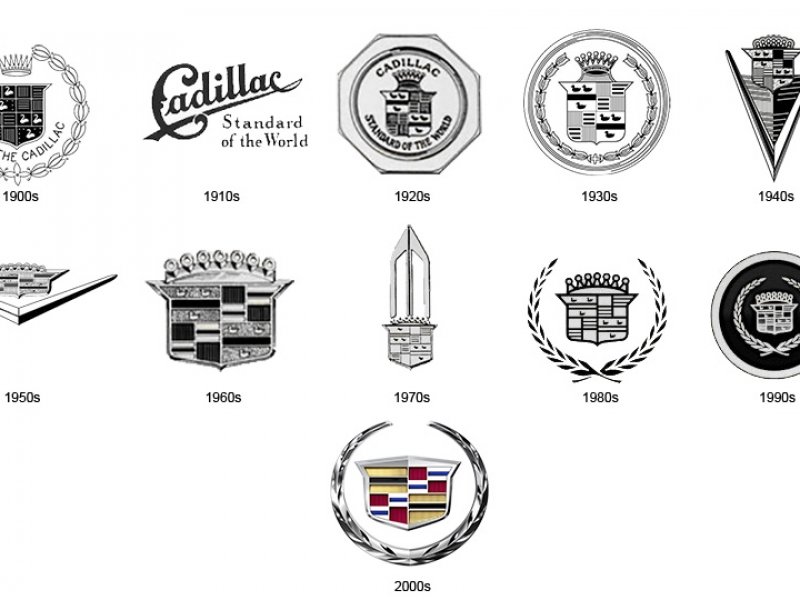
Cadillac attorney Newell Wright on Aug. 18, 1905, filed a trademark application for the company’s crest, based on the family arms of French explorer Antoine de la Mothe Cadillac, the minor aristocrat who founded Detroit in 1701.
The registered trademark — number 54,931 — was granted on Aug. 7, 1906.
The Cadillac arms had been used as early as September 1902.
The original crest, which featured a seven-piked coronet surrounded by a laurel wreath, was closely based on the registered design, with merlettes slanting down to the left and a wreath composed of tulip-shape flowerets arching up to a seven-point crown.
For decades, two trios of merlettes swam in the golden stripes of the Cadillac crest. They’re knightly symbols of the Crusades and stemmed from the family crest of Cadillac, with three representing the explorer’s mother’s noble lineage and three representing his father’s lineage.
The New York Times once called the crest “an elaborate piece of heraldry.”
The crest has evolved considerably over the years. It grew so large on the Escalade that the logo was referred to inside General Motors as the Frisbee.
Cadillac dropped merlettes from the badge in 2000 when it modernized the crest. In 2014, the longtime wreath surrounding the crest was retired after research showed it was tired and outdated. However, the wreath is still featured on dealership signage.
The ducks are set to return — but in a new location — with the introduction of the Lyriq, Cadillac’s first electric vehicle.